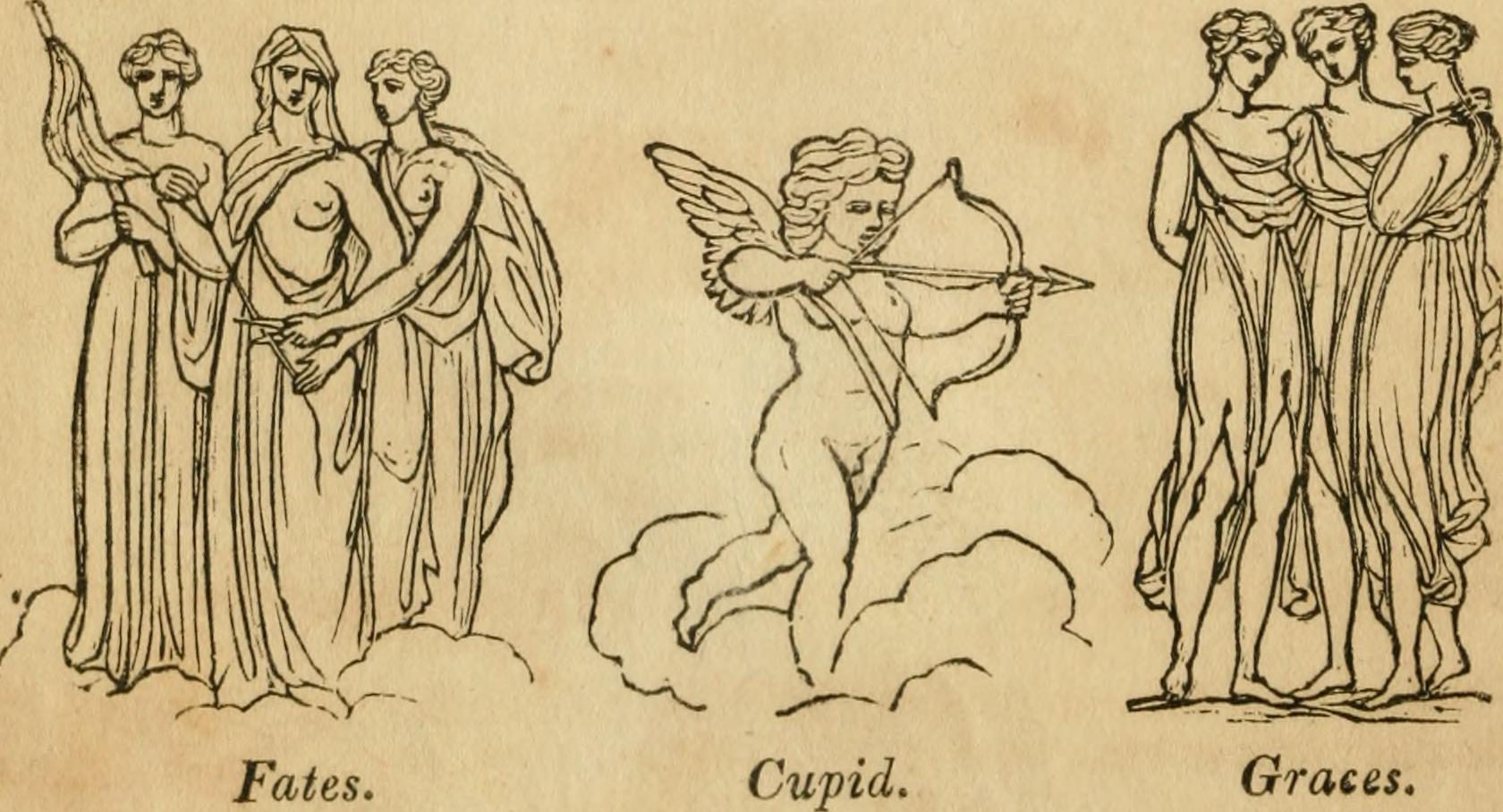The Weird Sisters Trope
by Joel Frapart
Why does Grimlocke have three daughters? Why did Dracula have three brides? Why does Macbeth receive his prophecy from three witches? It isn’t entirely clear, but the trope of the three supernatural women is one of the oldest recurring themes in the history of literature.

One of the earliest examples of this can be found all the way back in Ancient Greek mythology with the Furies, a trio of monstrous women who served as deities of vengeance, tasked with seeking out rude houseguests and making them pay in blood. Also known as the Erinnyes or Dirae, the Greek Furies appeared in many cultures. Different legends ascribe them to be the daughters of different parents, Nyx the goddess of night, Hades and Persephone, springing from the blood of Uranus when he was castrated, but in just about every version, they are three sisters. Their most well-known theatrical depiction was in The Eumenides by Aeschylus where they serve as the main antagonists, seeking to punish the hero Orestes for his crime of matricide.

The great William Shakespeare certainly keyed into this particular trope when he sought to write a play that would appeal to King James I toward the beginning of his reign. King James being a lover of the supernatural, Shakespeare took what could’ve been just another brutal tragedy about a man killing a king to seize power, and inserted three of his most famous characters of all time, the Weird Sisters. These three devilish women clearly draw some inspiration from the above-referenced Furies, but also from the Fates, based on their ability to see the future. These prognosticating witches, speaking in rhymes and gleefully reveling in brutal violence, would go on to set the standard for how witches are depicted in popular culture even to this day.

Clearly, Bram Stoker drew the parallel when he decided that Count Dracula should have a trio of three brides hidden away in his dark castle, and clearly, we saw the same parallel when we decided that Grimlocke should have three daughters, but why? From the Furies to the Sandersons why has this trope continued to endure? A much more serious and researched scholar could probably write more about its
sources in ancient folk tales like The Three Little Pigs, or how it probably has roots in men’s psychological fear of empowered women, but for us, it just seemed to fit.

